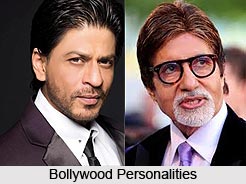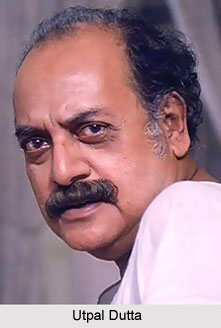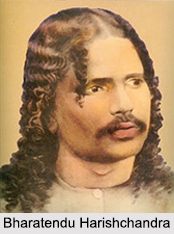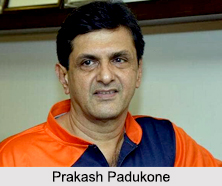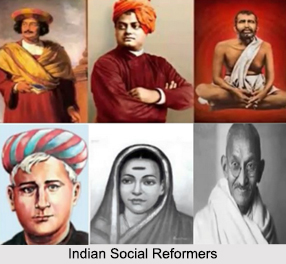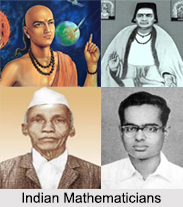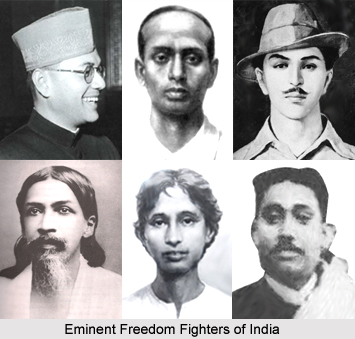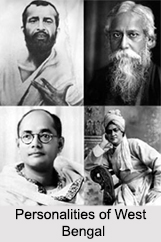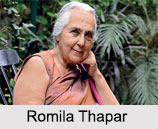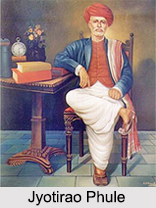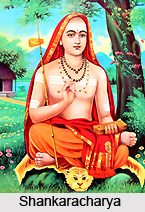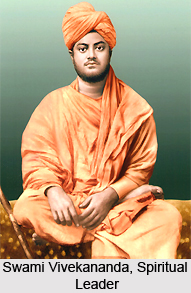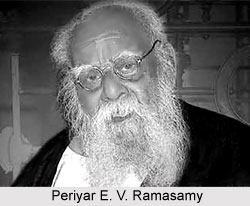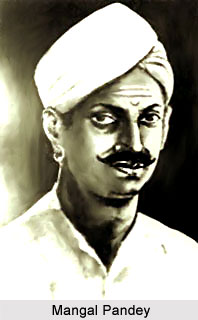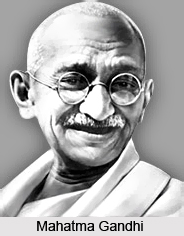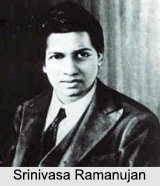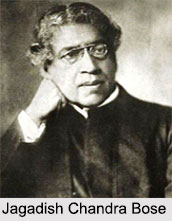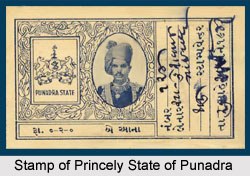 The Princely State of Punadra was assigned as one of the former princely states of India during the early 19th century. The territory was under the indirect control of the British Empire in India. The erstwhile native state was scattered over a total area of 11 miles and had a total population of 2,330 in the year 1931. The taluka of Punadra was situated in the Sadra Division and consisted of around 11 villages which were located on the Watrak River in central Gujarat. The princely state of Punadra comprised of 2 distinctive domains. It consists of two separate areas. The jurisdictional villages were bordered by the territory of Baroda on 3 sides. The village of Telnol, located towards the northeast of Punadra, was co-shared with a jagirdar of Baroda, the Thakor or native ruler of the princely state of Mandwa and a relative of the Thakor of Punadra state.
The Princely State of Punadra was assigned as one of the former princely states of India during the early 19th century. The territory was under the indirect control of the British Empire in India. The erstwhile native state was scattered over a total area of 11 miles and had a total population of 2,330 in the year 1931. The taluka of Punadra was situated in the Sadra Division and consisted of around 11 villages which were located on the Watrak River in central Gujarat. The princely state of Punadra comprised of 2 distinctive domains. It consists of two separate areas. The jurisdictional villages were bordered by the territory of Baroda on 3 sides. The village of Telnol, located towards the northeast of Punadra, was co-shared with a jagirdar of Baroda, the Thakor or native ruler of the princely state of Mandwa and a relative of the Thakor of Punadra state.
History of Princely State of Punadra
The native ruler of the princely state of Punadra initially held the title of Mian and later took the title of Thakor. The ruling family of the state was Makwana Kolis who claimed to be descendants of Jhala Rajputs. Hari Singh was the founder of the ruling family. He converted to Islam in the year 1483, and was garnted the region of Mandwa and its subordinate villages, which he seized from the Bevla Rajputs. Hari Singh was the root of the families that reigned over the petty states of Ramas, Khadal and Dabha. Amiji, his eldest grandson, inherited Mandwa, while his youngest grandson Pira Miyan was given Atarsumba and 22 other villages. The property was later split between the 2 grandsons of Pira Miyan. Abheraji received Atarsumba while Veje Sinhji inherited Khadal. The descendants of Abheraji continued to rule over the state of Punadra. The rule of male primogeniture, through which the first born or eldest child of the same parents inherited the entire estate of one or both parents, to the exclusion of all others, was not followed in the succession of the throne or gadi of Punadra state.
Administration of Princely State of Punadra
The native state of Punadra was under the administrative control of the Baroda Agency, which was a sub division of the Western India States Agency. Later the territory was amalgamated with the Indian state of Gujarat. The princely state of Satlasna was also incorporated as a part of the Sabar Kantha Agency and the Sadra Division as well.
Until the class system was abolished in the year 1928, the Mian of princely state of Punadra was ranked as a Fourth Class state of Mahi Kantha chiefs. The Thakor of Punadra state exercised limited civil and criminal jurisdiction and the Political Agent, also known as Resident of British India, supervised the relations of the native ruler and the state with the British administration and other Indian princely states. The princely state of Punadra paid annual tribute to the princely state of Baroda. According to the Attachment Scheme of 1943, the princely state of Punadra was attached to the princely state of Baroda.
Accession of Princely State of Punadra
When the country achieved independence after the political withdrawal of the British Government of India on 15th August 1947, the nation was divided between India and Pakistan. The native rulers of the princely states of India were given the option of acceding to either the Union of India or the Dominion of Pakistan. The native Thakor of the princely state of Punadra decided to accede his state to the newly formed Union of India. At present, the region is incorporated as a part of the modern Indian state in Gujarat state.
Rulers of Princely State of Punadra
The chronology of the native rulers of the princely state of Punadra are mentioned as follows-
* Mian Abhaisinhji Amarsinhji (1865- 1907)
* Thakore Shri Shivsinghji Abhaisinghji (1907- 1939)
* Akore Shri Ajitsinghji Shivsinghji (1939- 1954)
* Thakore Shri Dilipsinghji Ajitsinghji (1954)
